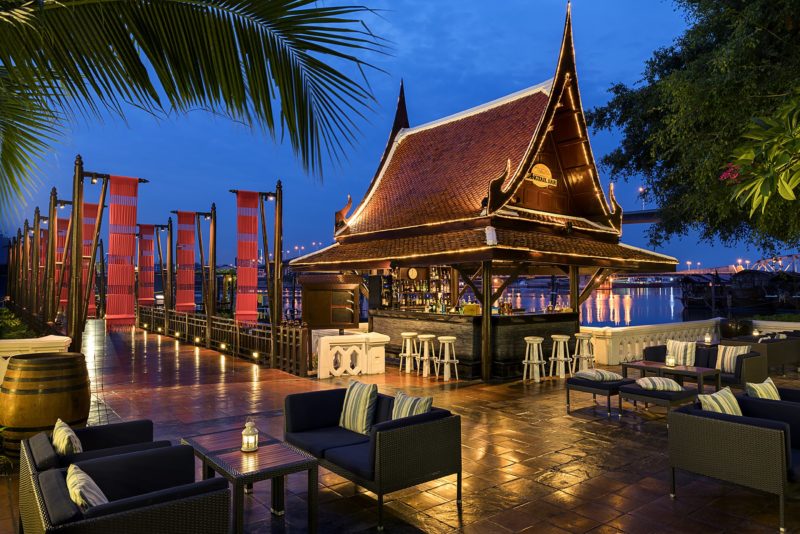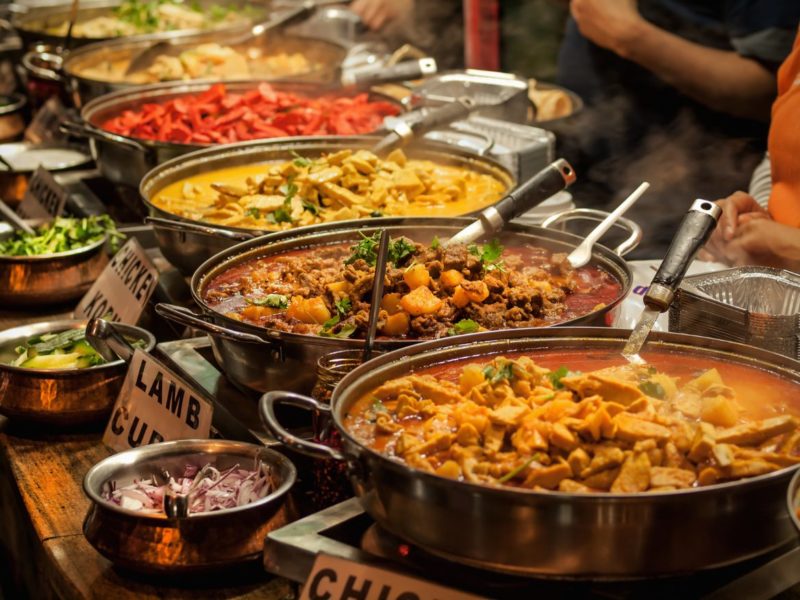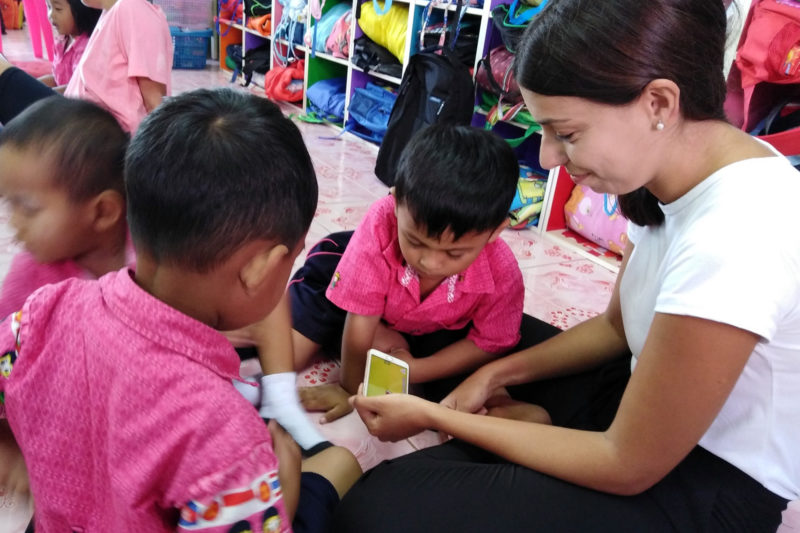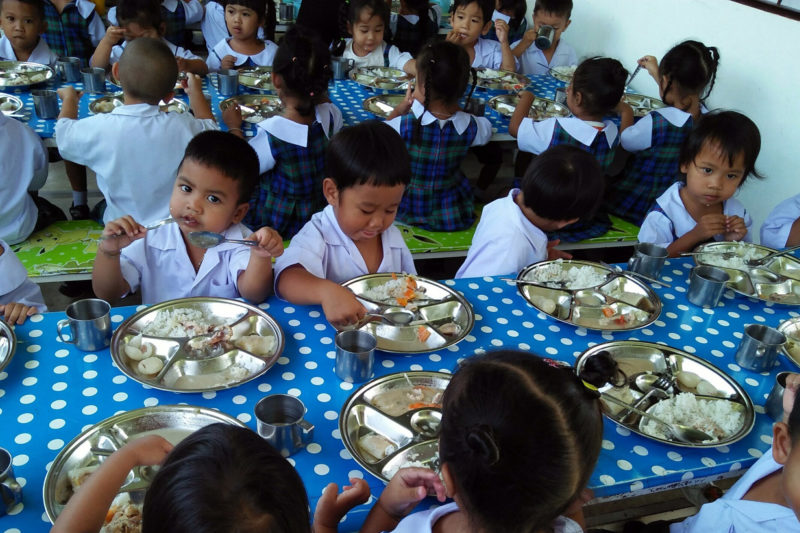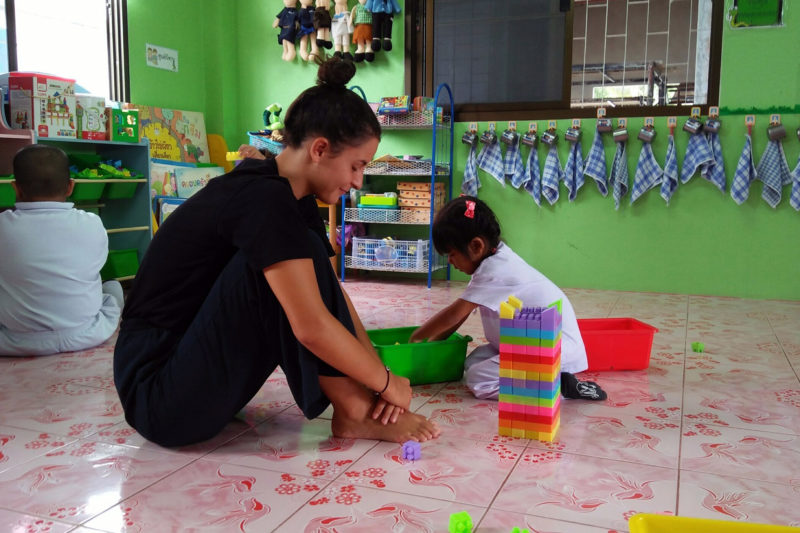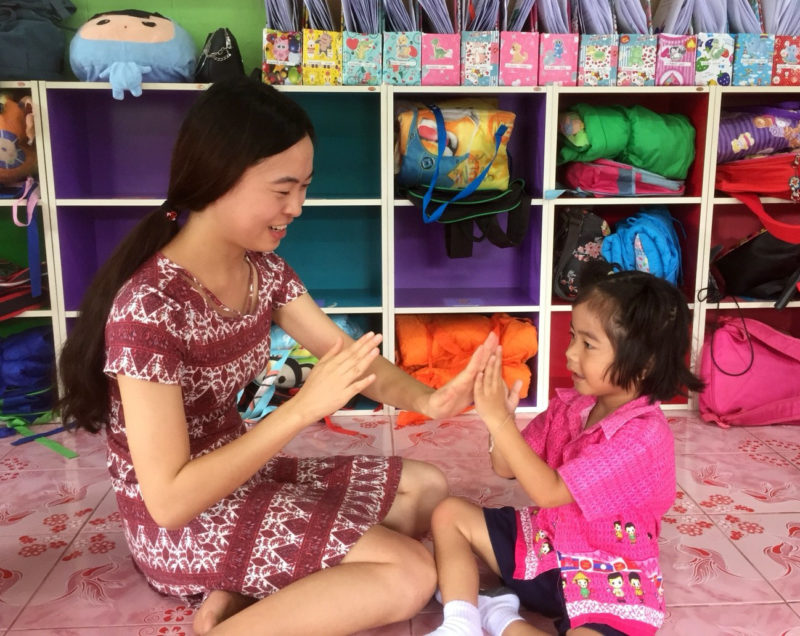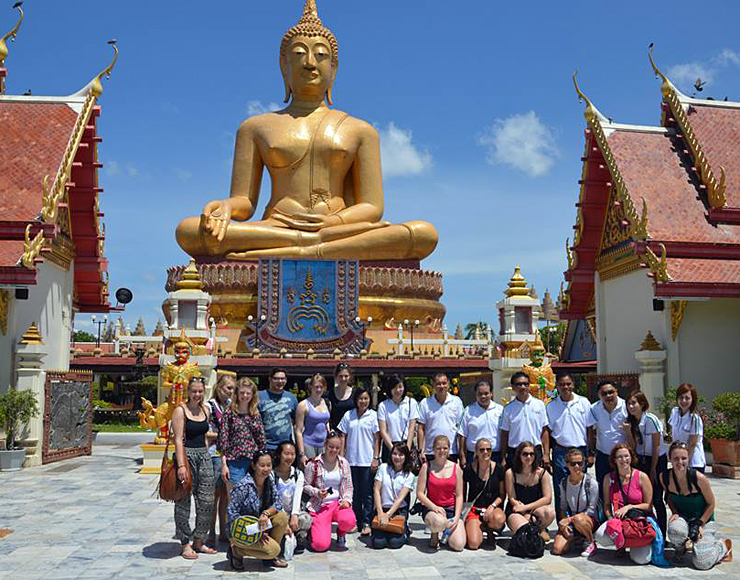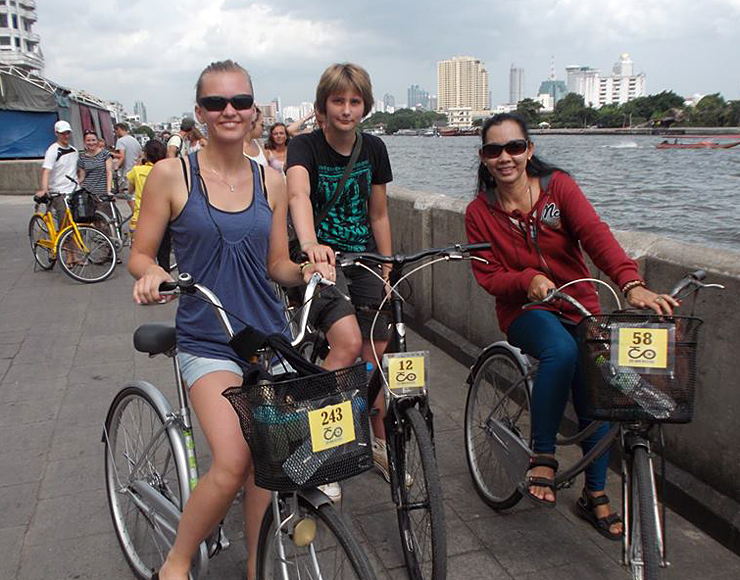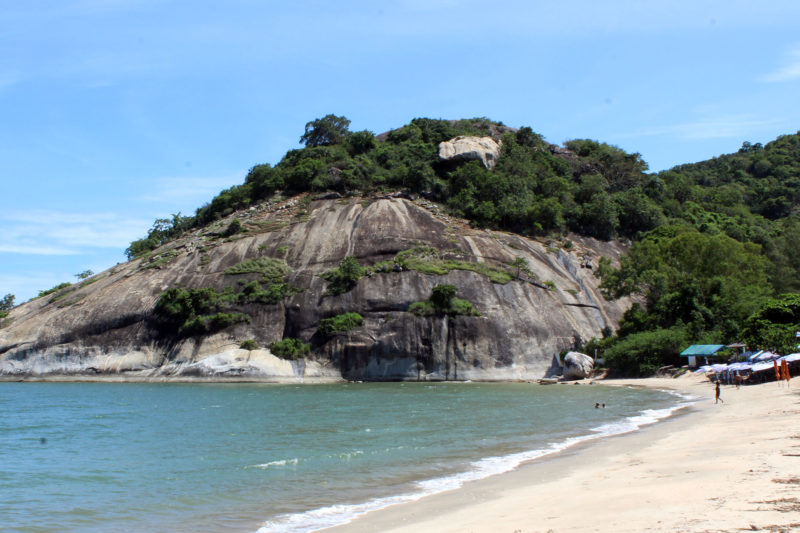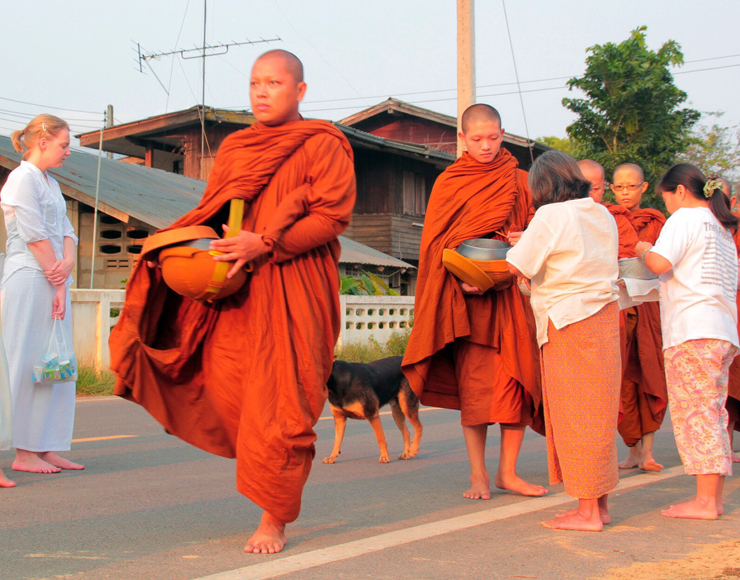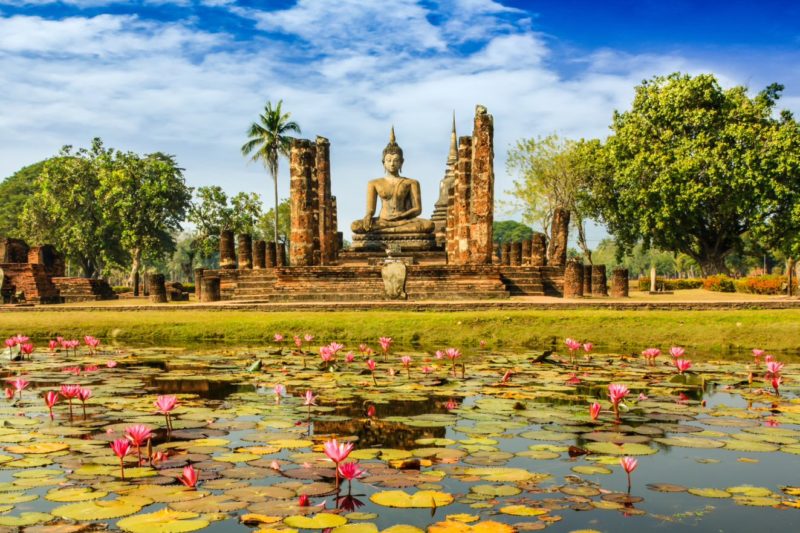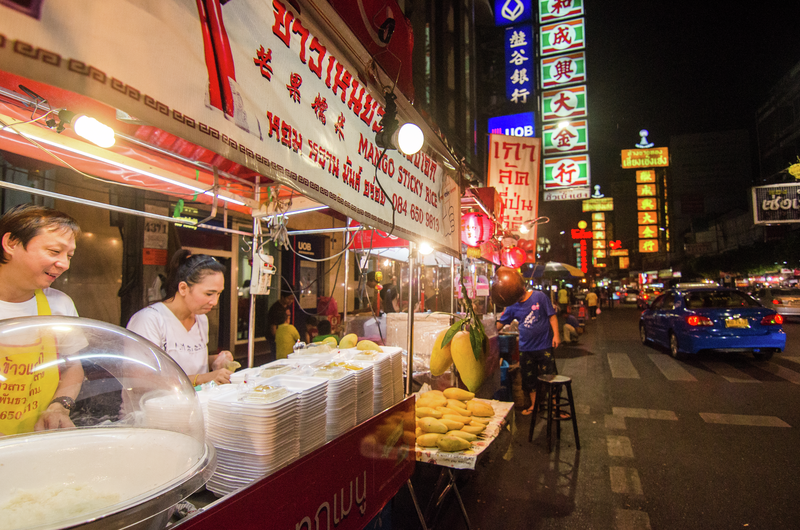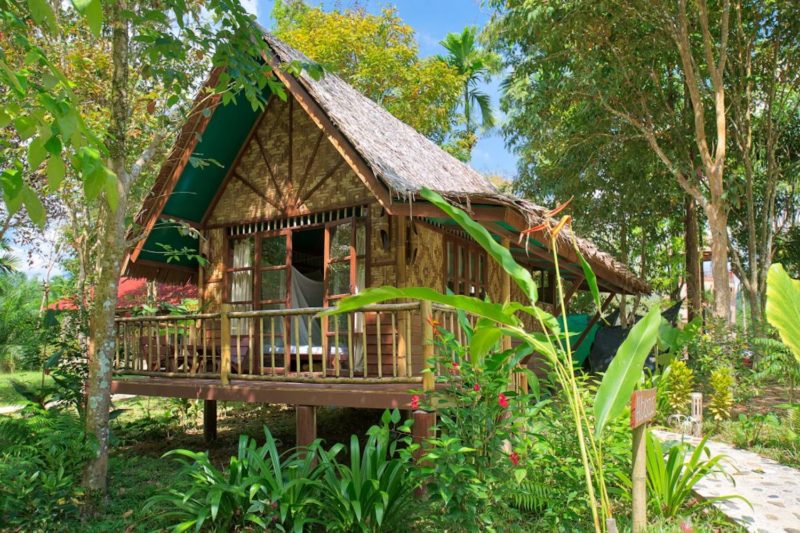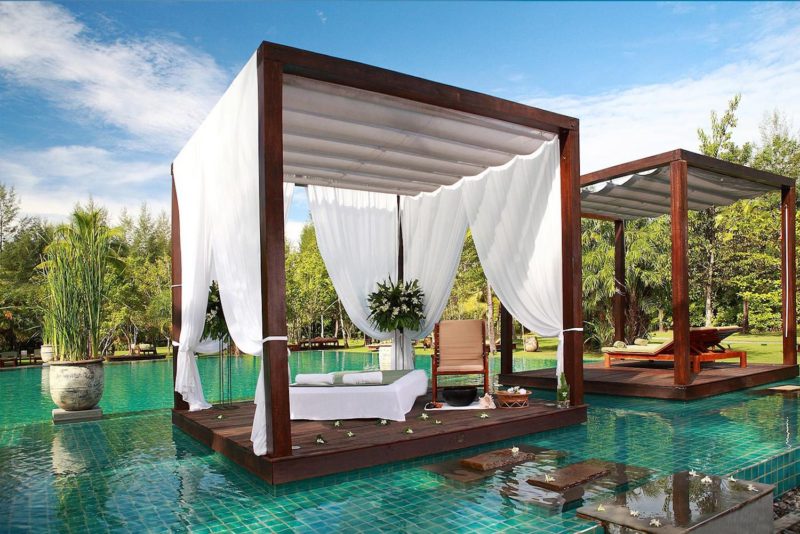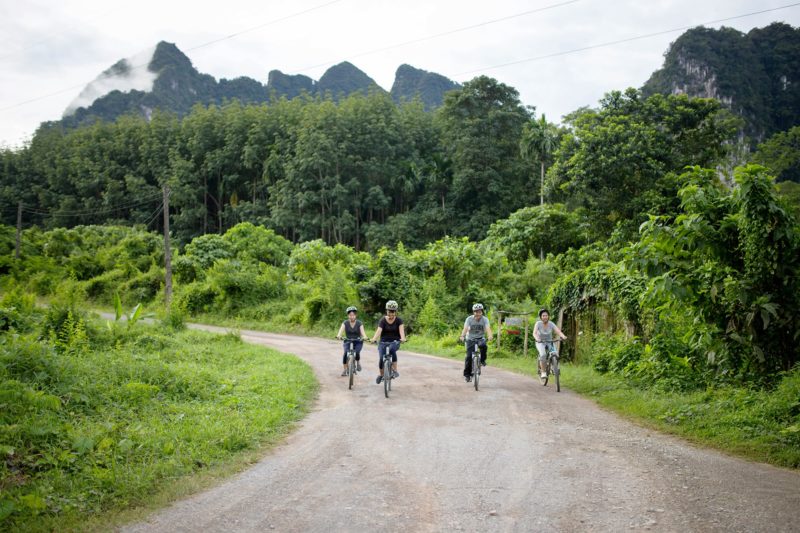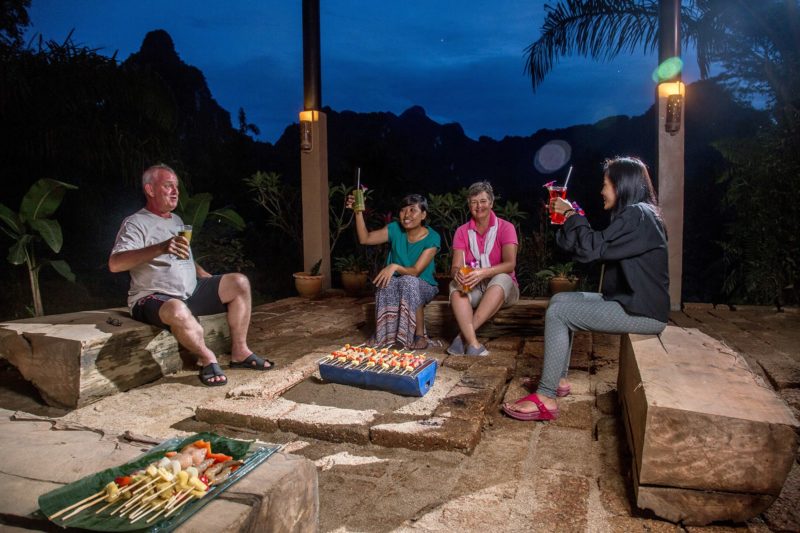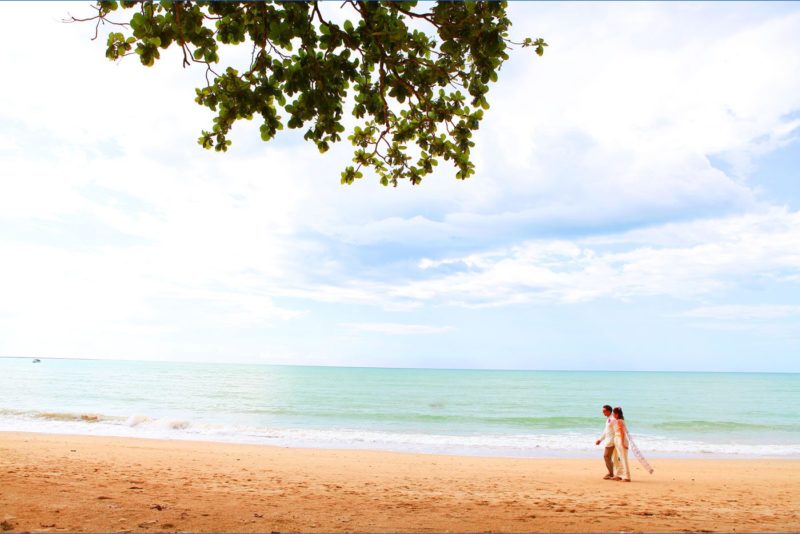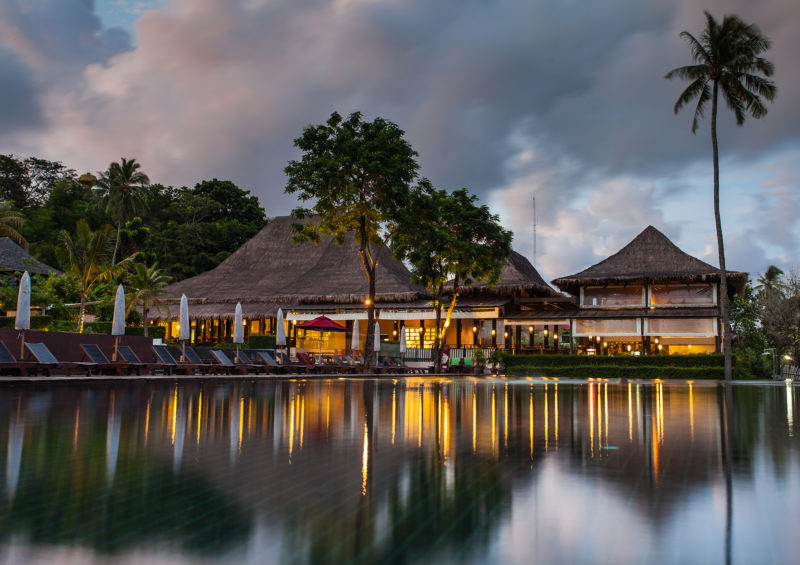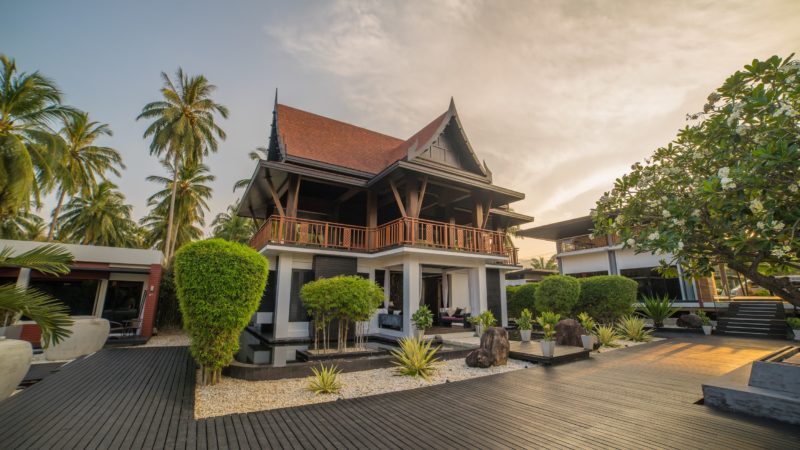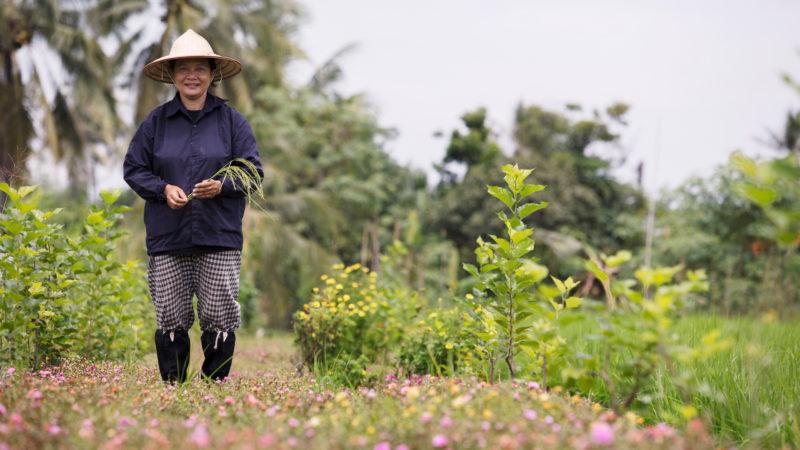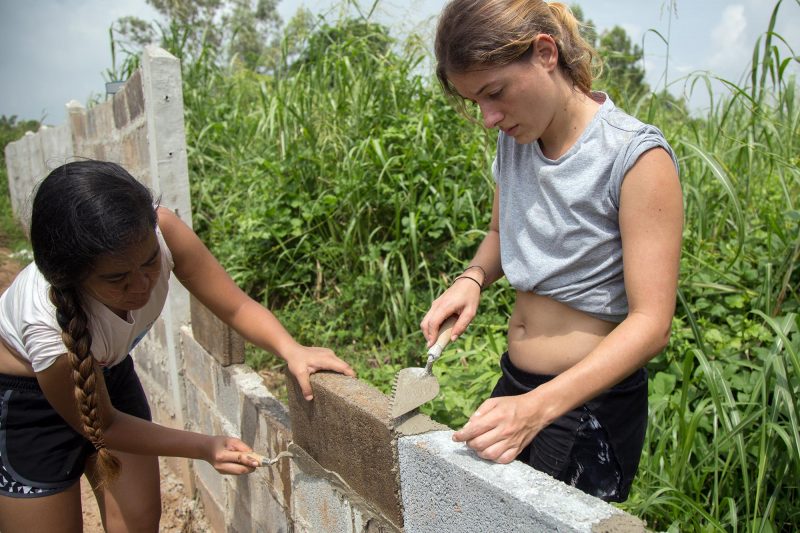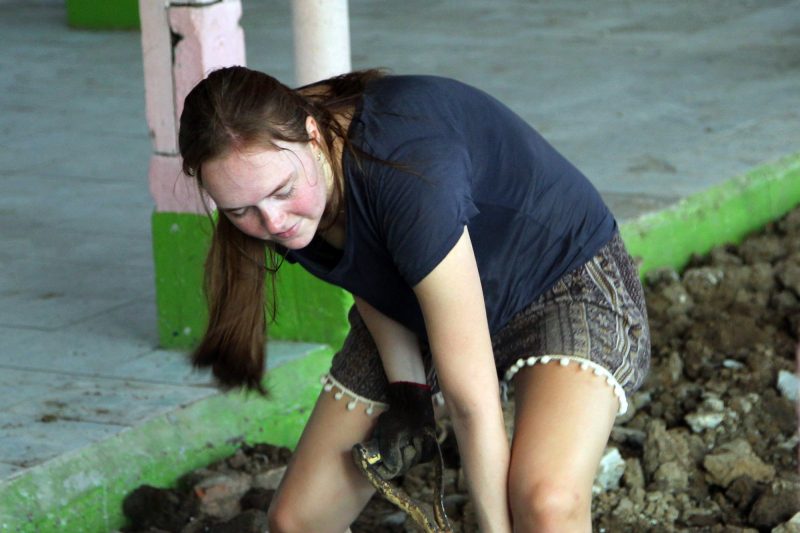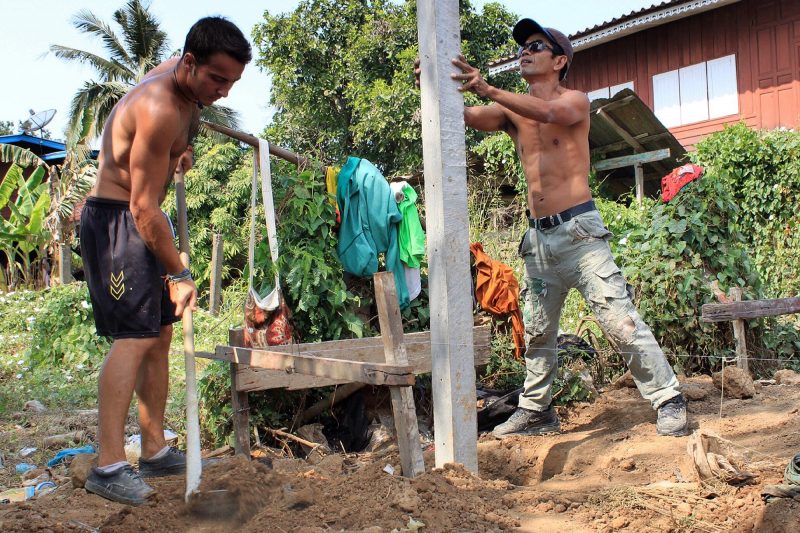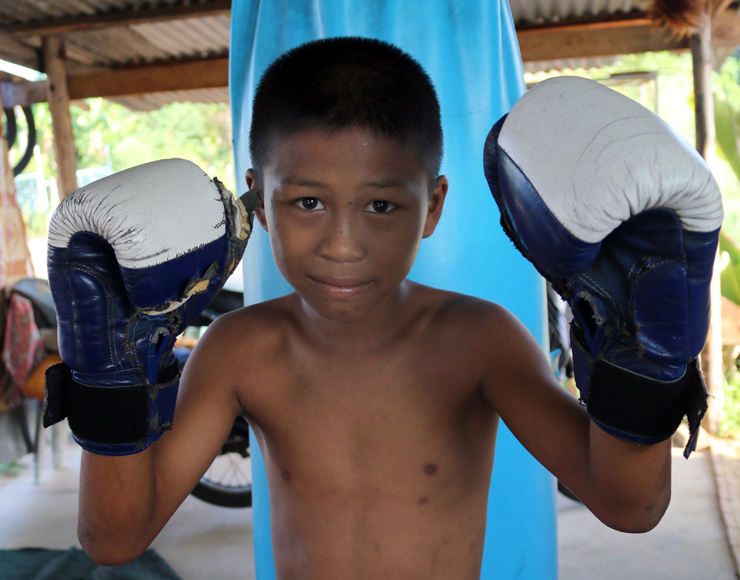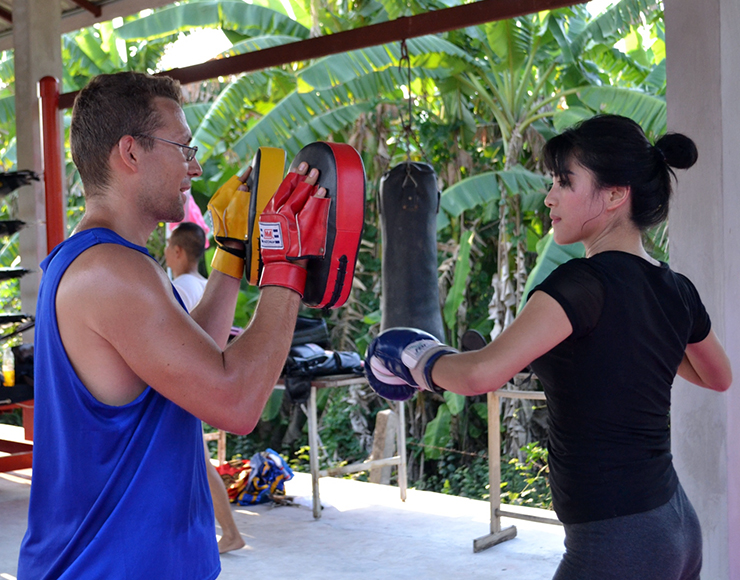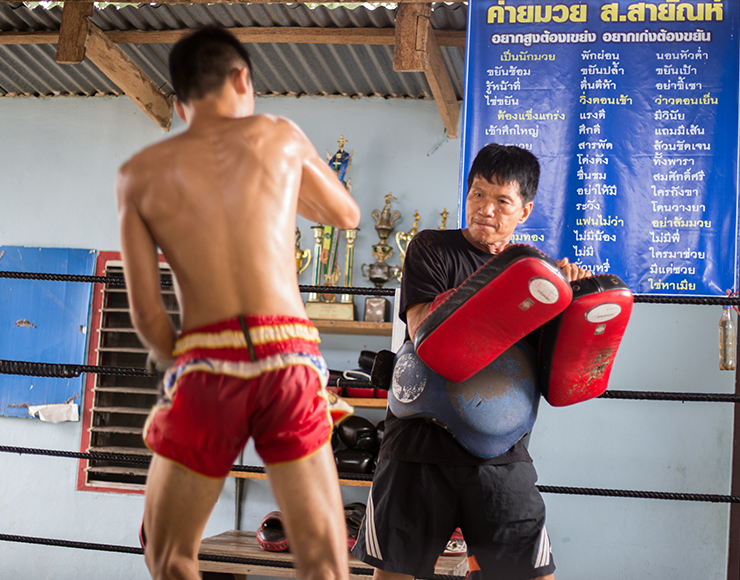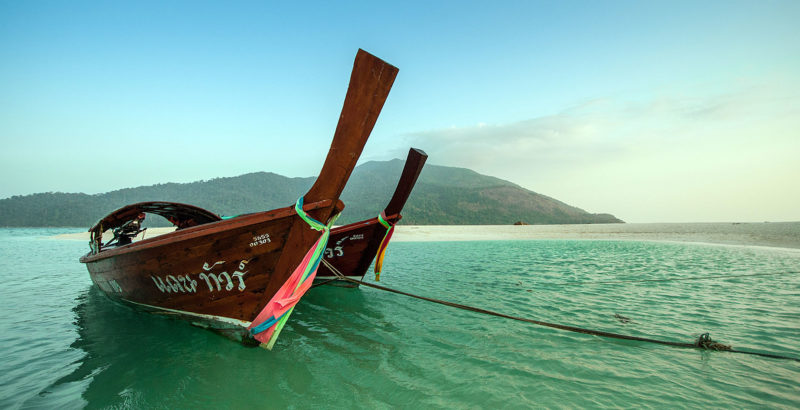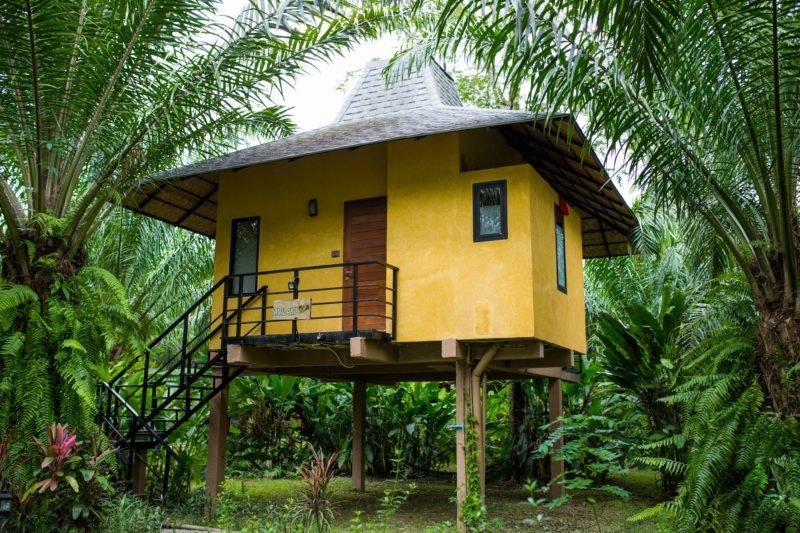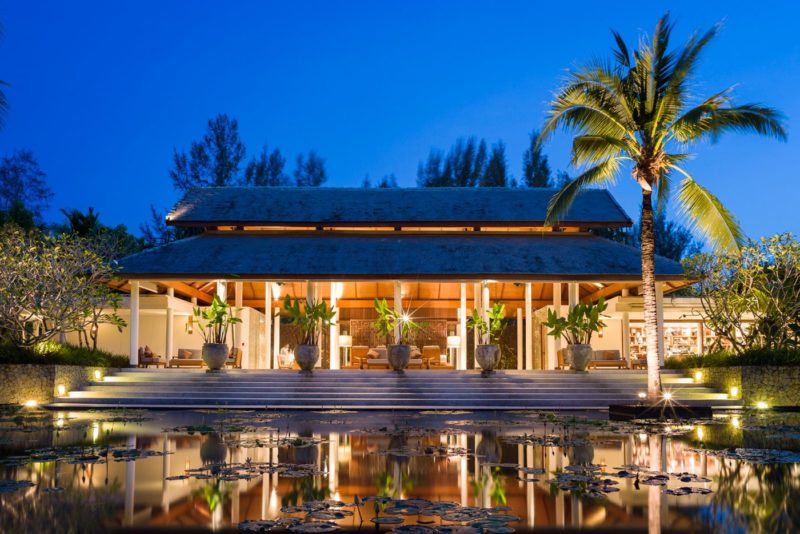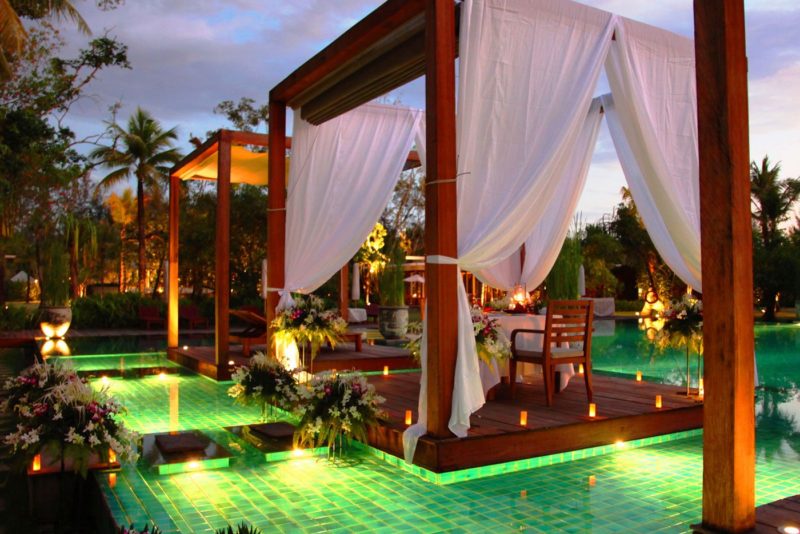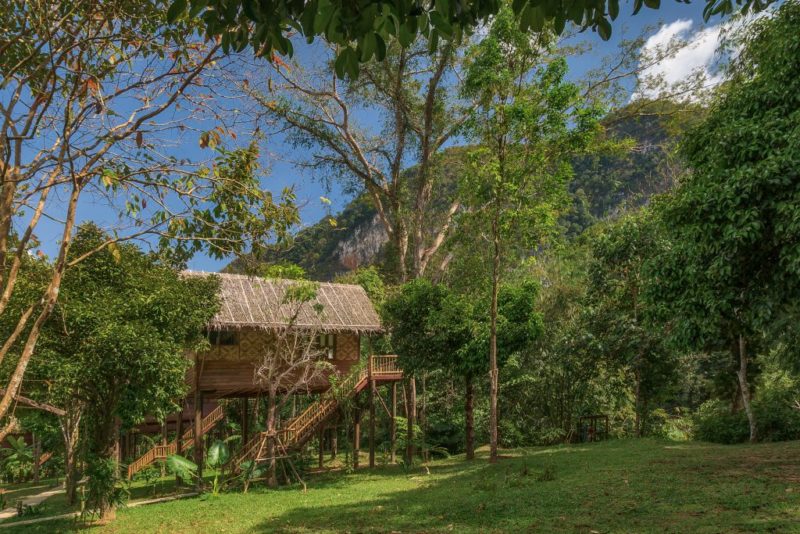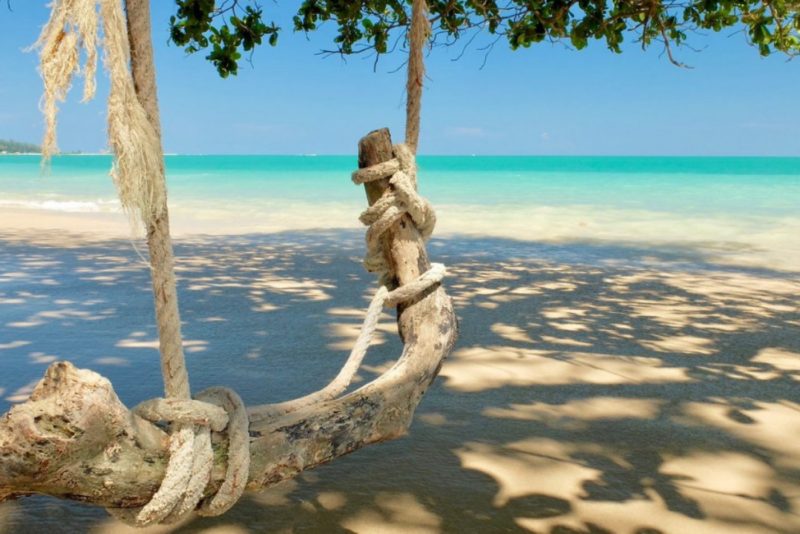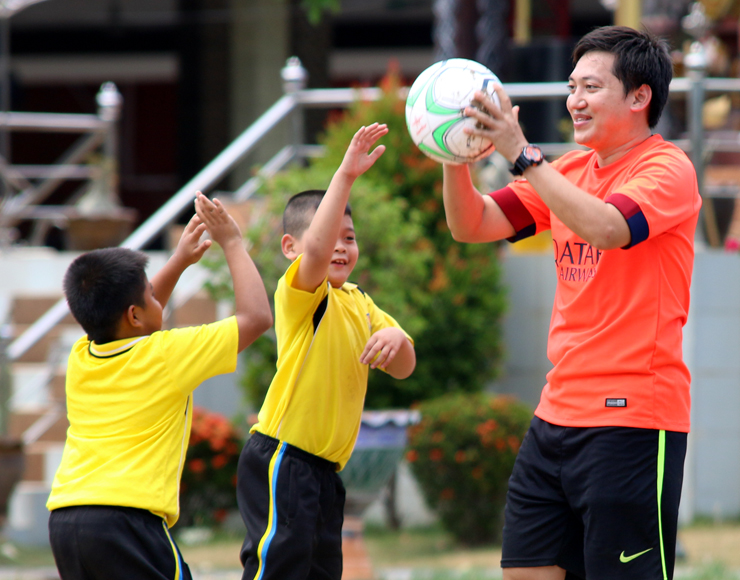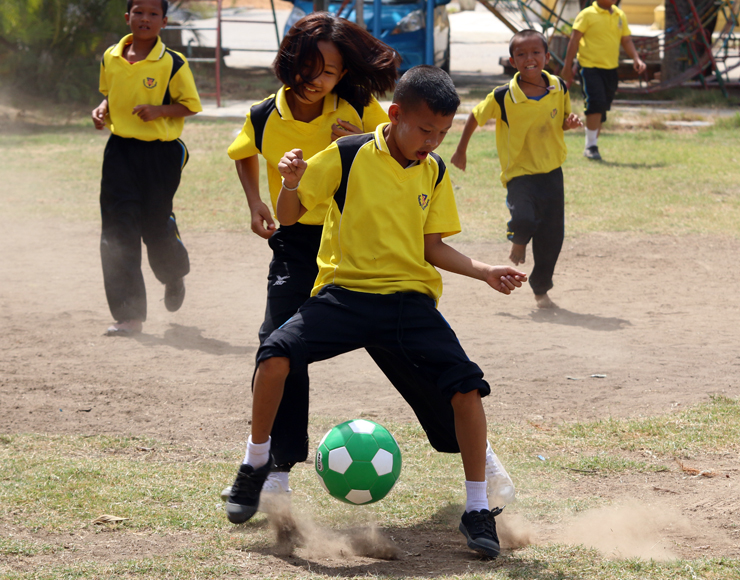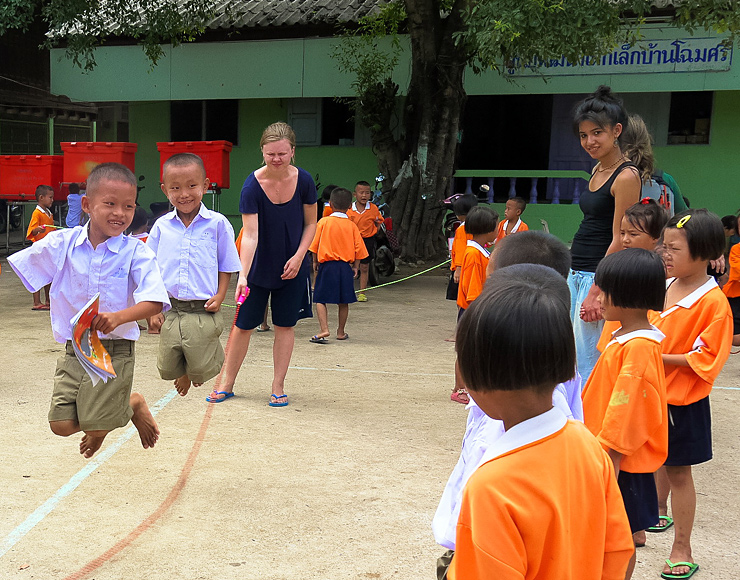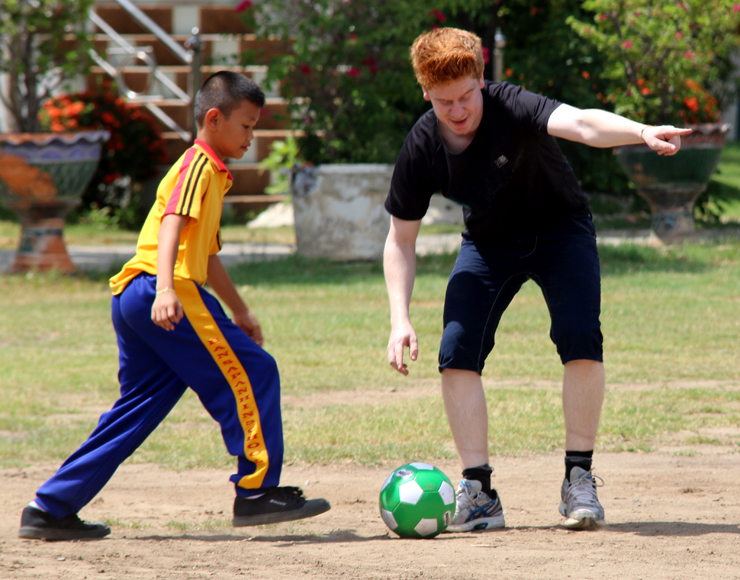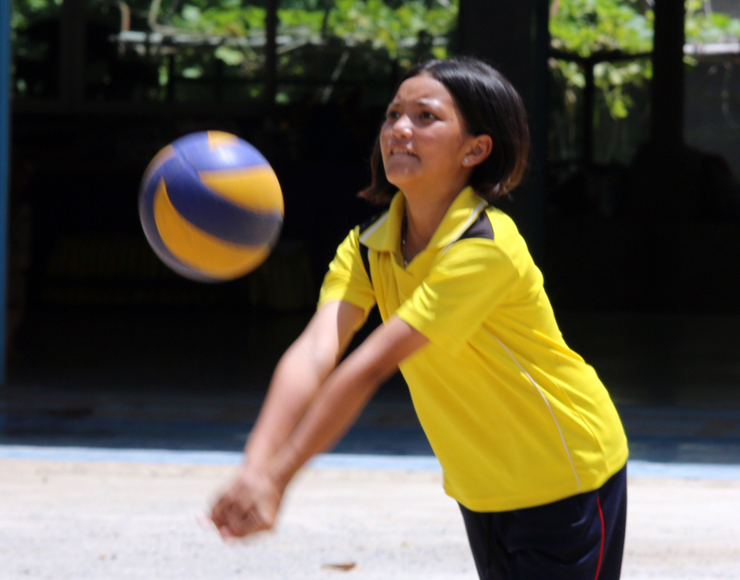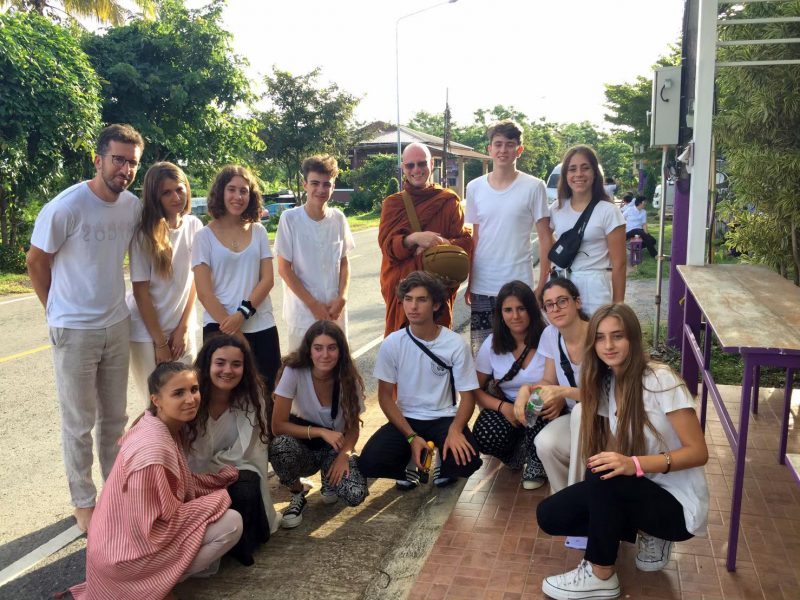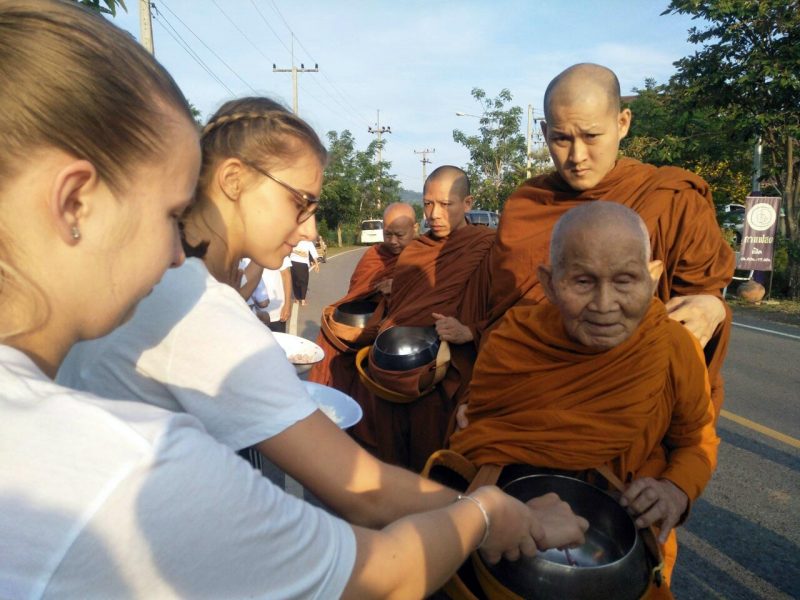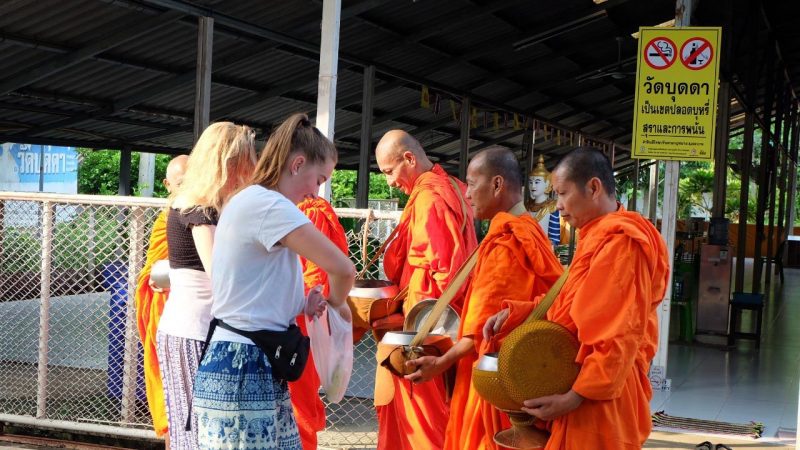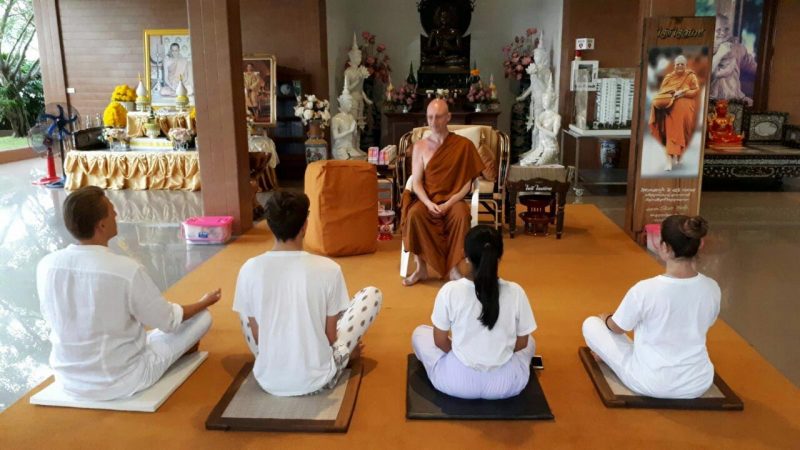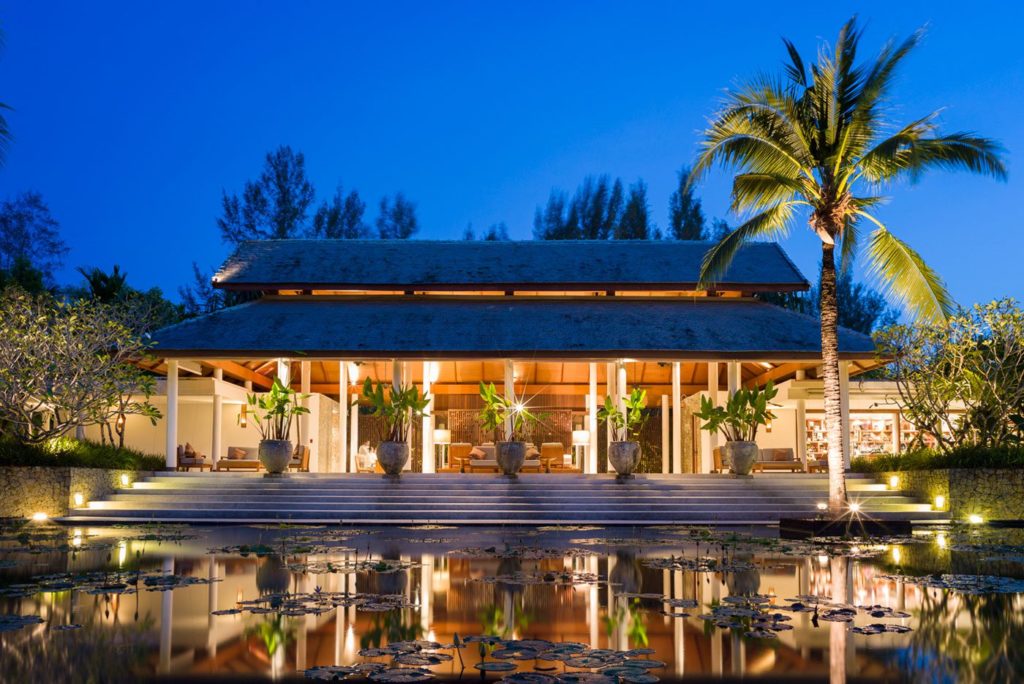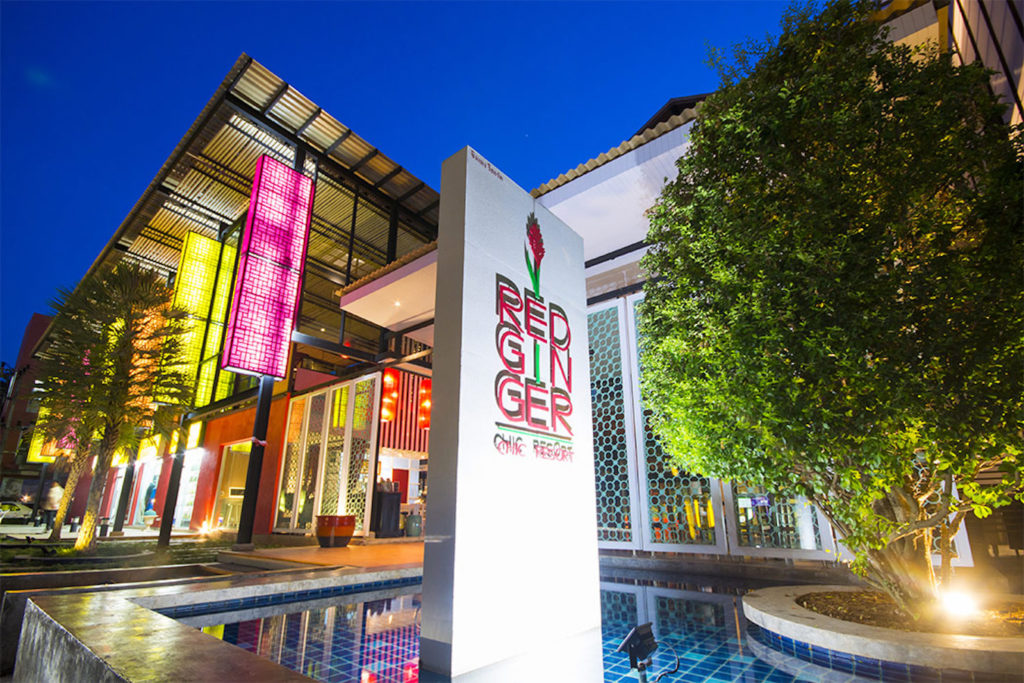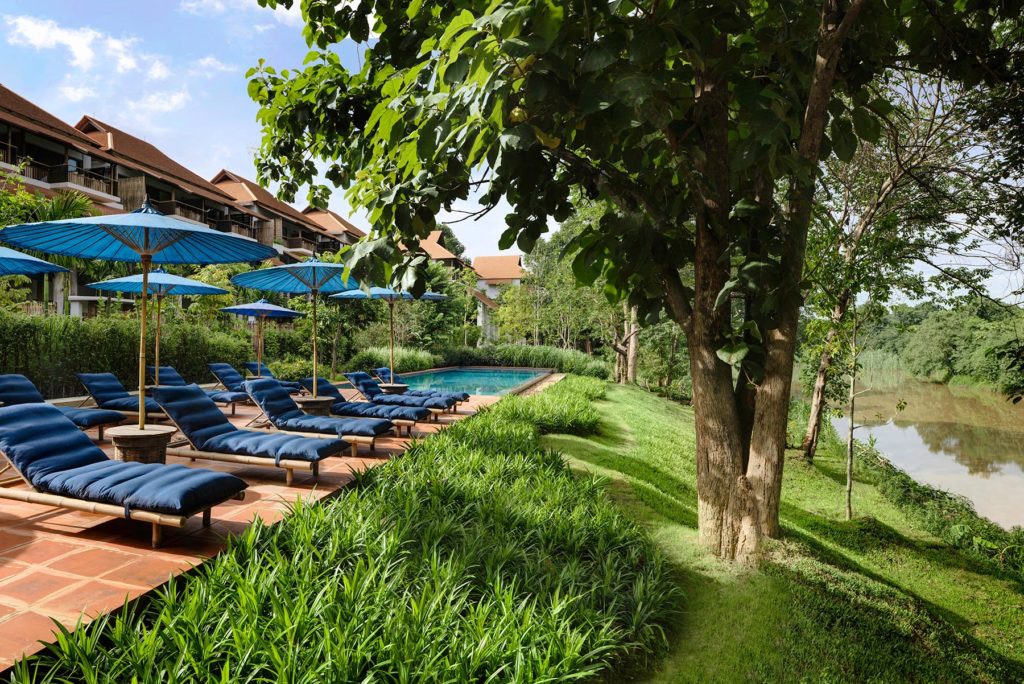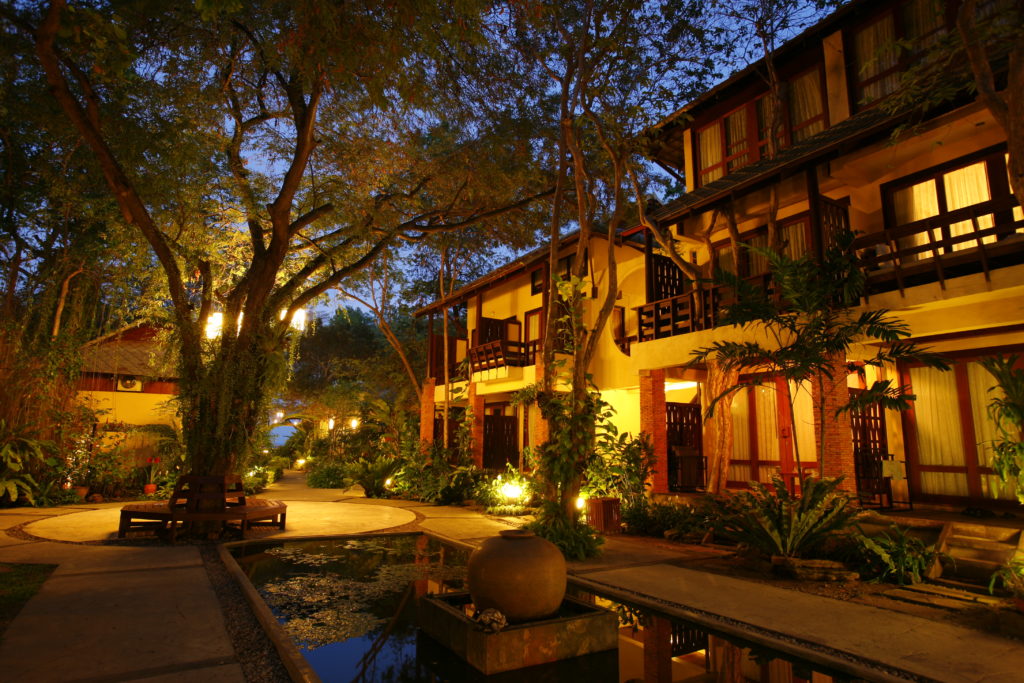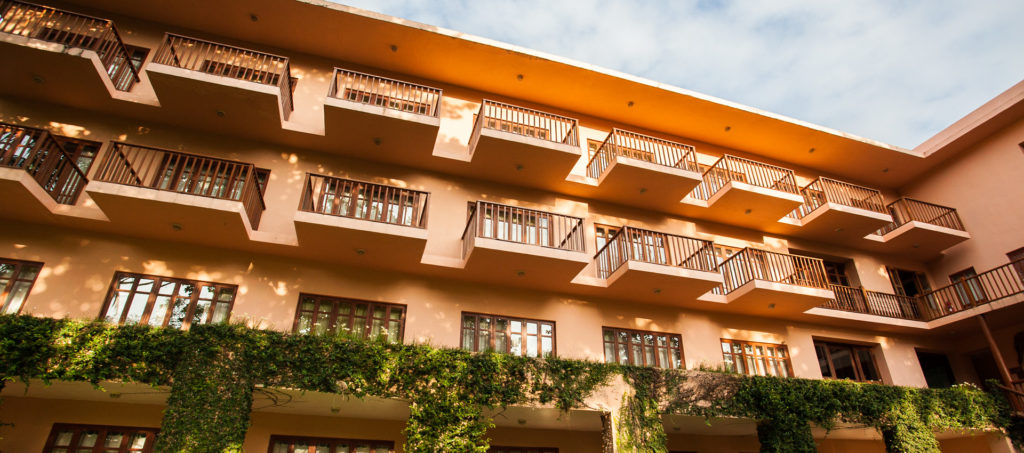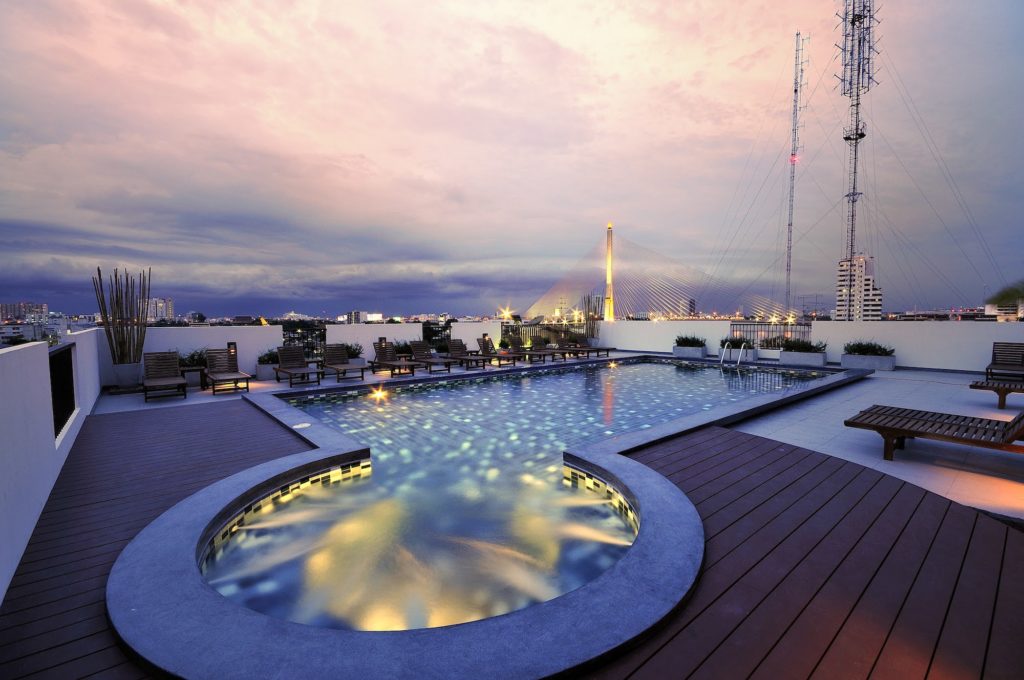Quick Facts
| Name | Kingdom of Thailand |
| Population | 67 million |
| Capital | Bangkok |
| Language | Thai |
| Currency | Baht (THB) |
| Time Zone | ICT (UTC +7) |
| Flag |
|
Climate
The majority of the country is home to a tropical savanna climate which consists of wet and dry seasons of a roughly equal length. The climate can be divided into three distinct seasons:
Dry season: November – end of February. During this period, precipitation is at its lowest but so are the temperatures. This said, ‘low temperatures’ are of course relative and the difference is not in fact very different at all in the South. It is only if you will be visiting the northern mountains that you might need to bring some warmer clothes as temperatures can fall as low as 5°C. This period is, not surprisingly, the most popular time to visit Thailand and tourism peaks around Christmas and New Year as well as Chinese New year. Flights and accommodation at this time can be more expensive.
Hot: March to June. During this time Thailand reaches its hottest temperatures (as high as 40°C).
Rainy: July – October. This is when the tropical monsoons begin to arrive, peaking in September. Although this is indeed rainy season, it doesn’t mean that it rains non-stop. Storms can clear up very quickly but when it does rain, heavily flooding is not rare.
Culture
A significant feature of Thai culture is its primary religion: Buddhism. Theravada Buddhism is supported by the government and practiced by an estimated 95% of its population. Thailand not only boasts tenths of thousands of beautiful temples, but you will notice that a lot of Thai people have miniature Spirit Houses on their front yards because they believe that the household spirits live in them and they make offerings to them to keep the spirits happy.
Another feature of Thai culture is the wai greeting, which is essentially a slight bow with palms pressed together in a prayer-like manner to show respect. This can be compared to the Indian namasté. Things to know about this:
-The higher the hands in relation to the face and the deeper the bow, the more respect is shown.
-It is made before formally entering/leaving a house
-It can also be made as a sign of gratitude or apology
-You do not make the greeting to those who are younger than you unless you are returning the wai.
-The gesture is normally accompanied with the phrase “sawadee (krap/ka)” (“krap” if you are male and “ka” if you are female)
-A corporate wai (made by cashiers etc) can be returned with a smile or a nod
The major festival in Thailand is Thai New Year, known as Songkran. It is celebrated on the 13th-14th April of every year. It is a festival that concludes the dry season and involves a lot of water throwing!
Gastronomy
Thai cuisine is very nutritious and alongside its plentiful use of rice, it generally contains fresh vegetables and white meats like chicken and fish. Thai people love spicy food but do not fear if you do not, just say ‘mai pet’ when you order. However, flavors are not only about the spice as many people believe, Thai food can be slightly salty, sour or sweet and so there really is something to suit everybody’s pallet.
Transportation
Transport in Thailand is very varied and there isn’t one ‘main way’ to travel. Buses dominate long distance journeys. Travel in thailand is cheap and even domestic flights are a worthwhile consideration for long distance journeys, especially with the expansion of low-cost airlines.
Taxis, tuk-tuks and vans are also common modes of transports but tourists must be wary about being overcharged. If in doubt, always ask that the taximeter be switched on to avoid overcharging.


